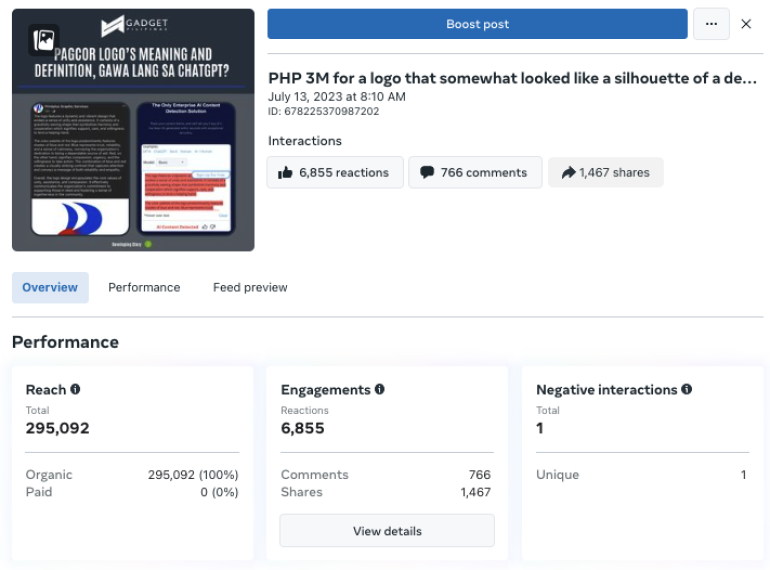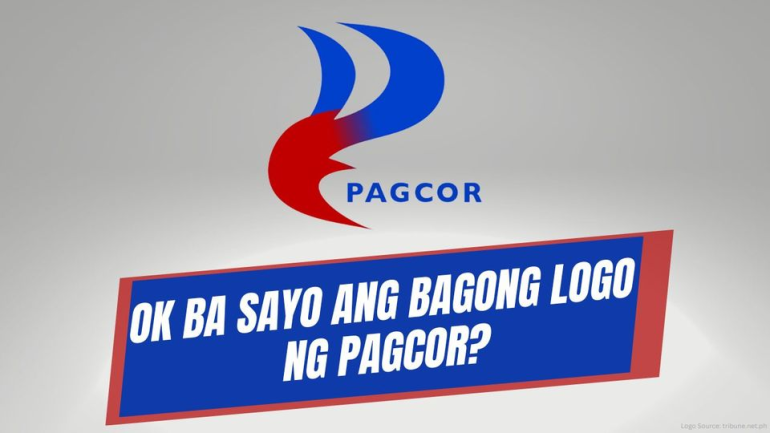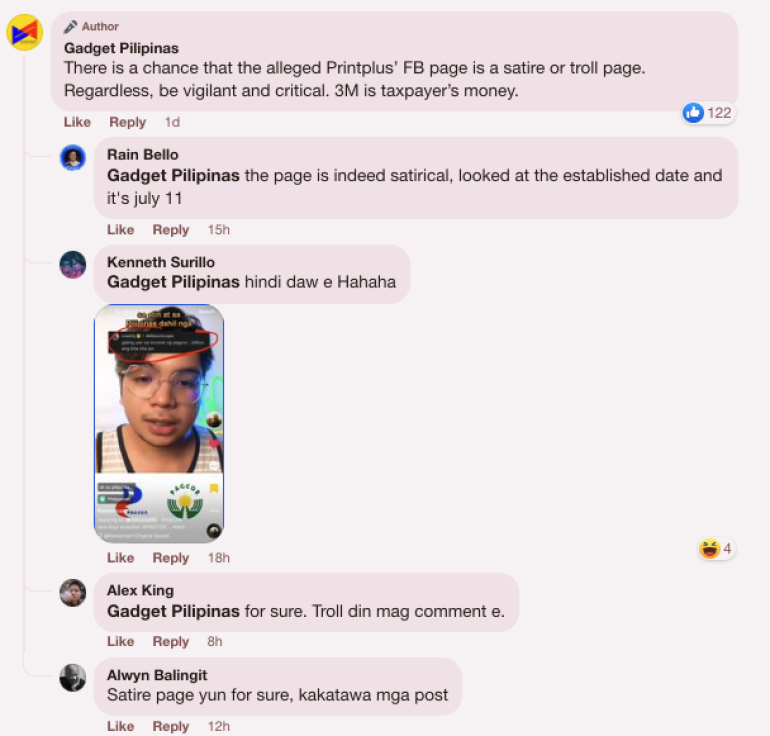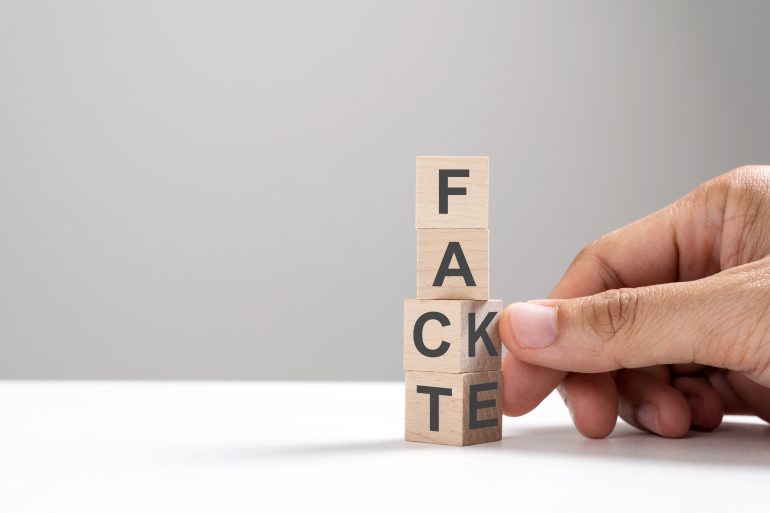Dangers of Gullibility
Social media has become an integral part of our daily lives, transforming the way we communicate, gather information, and share ideas. However, along with its many benefits, social media platforms have also given rise to a concerning trend – the gullibility of users. In this article, I will get into the issue of people’s tendency, myself included, to believe everything they see on social media, and the consequences that follow.

The Allure of Deception
Social media is a playground for both creative and unscrupulous people. People use it for social good, clout growth, or even digital scams. Social media is like a scary river, but we collectively want to watch the water flow through it, and sometimes scoop a glass regardless if it’s clean or not.
Information streams rapidly and often without proper scrutiny in social media. Users are bombarded with a constant stream of content, making it difficult to discern fact from fiction. Unfortunately, this has created an environment where individuals are easily deceived by both malicious actors and harmless jesters alike.

Our Own Brush with Deception
As an example of how easily one can fall into this trap, let us reflect on our recent experience. We posted a social card on our Facebook page, unknowingly falling victim to a satire site, Printplus Graphics Services. While we posted it in a form of question and indicated in the comments that it was likely a satire page, the response was expectedly outrageous. This was sparked by the satirical logo meaning written by ChatGPT was a testament to how people can be misled, even when a disclaimer is provided.

The social card we posted was a follow up to our post a day earlier about the PhP3M worth new logo of PAGCOR. As of this writing, the first post gained 262 reactions, 21,412 engagement, and 0 negative interactions. The response is overwhelming similar: people hate bad governance especially when taxpayer’s money is involved.
Our second post with a caption “PAGCOR LOGO’S MEANING AND DEFINITION, GAWA LANG SA CHATGPT?” was meant to spark conversation and engagement while gaining desired reach and empirical in the process. There is no intention to mislead as we have put a disclaimer in the comments section. As of this writing, the post has almost 300K reach, 6,855 engagements, and 1 negative interactions.
Note that the Printplus Graphics Services Facebook Page was only created last July 12, and the posts are satirical in nature. In relation to this, another website – masking as a social media page – used the new PAGCOR logo but in cyan color. Again, the intention is likely to ride on the “outrage” and to become a conversation piece. The now defunct and deleted website was Tripper.

The Role of Outrage and Confirmation Bias
One might wonder why individuals continue to be swayed by misinformation despite the availability of additional context. The answer lies in the powerful emotions that often accompany such content. Outrage, in particular, spreads like wildfire on social media, capturing the attention of users and fueling their willingness to believe in what they see. Additionally, confirmation bias plays a significant role, as people tend to seek out information that aligns with their preexisting beliefs, reinforcing their gullibility.
The outrage, not the gullibility, is acceptable. The effect of gullibility, on the other hand, is concerning.

The outrage stems from the PhP3M-worth logo redesign of PAGCOR. It is questionable. It is incompetently designed.
In a statement by Senator Grace Poe to ABS-CBN, she said “Kung naka-comply naman sila (sa government requirements) kahit saan pa sila nakatira basta may kakayanan sila, pero, hay, three million (pesos) talaga eh… para sa rights ng ganyan (design ng logo)? Eh minsan nga kapag kukuha ka ng artist para mag-compose ng kanta para sa ‘yo, hindi naman ganun kamahal din, although depende sa artist na kukunin mo. But again, I believe in paying an artist a premium.”
I totally agree with the esteemed senator. There are so many creative talents in the Philippines – some would even be happy to make the logo for a much affordable price. With proper prompt engineering, the government could have used Stable Diffusion to create a logo.
The Importance of Due Diligence
Although it is disheartening to witness the extent of gullibility on social media, there is a glimmer of hope. Some users take the time to conduct due diligence, either by reading comments or conducting independent research to validate the information presented. These individuals serve as a reminder that critical thinking and skepticism are vital in navigating the vast landscape of social media.
Some people are also quick to call Gadget Pilipinas out for trend-jacking the situation, which is absolutely warranted. Then again, there is zero intention to mislead; and proper remarks have already been put in place to inform post engagers.

Consequences and Lessons Learned
The consequences of gullibility can be far-reaching. Misinformation can lead to detrimental effects on individuals, organizations, and society as a whole. From spreading false narratives that fuel divisiveness to falling prey to scams and hoaxes, the repercussions of unquestioningly accepting social media content can be severe. It is crucial for users to be more discerning, verify sources, and approach information with a healthy level of skepticism.

Challenge the post with supporting facts and information. Engage in conversation. Share with insights. Provide feedback.
The pervasive gullibility observed among social media users has become a cause for concern. While the allure of quick and captivating content is enticing, it is essential to approach the information presented with caution. By cultivating critical thinking skills and engaging in due diligence, individuals can protect themselves from falling prey to deception and misinformation. As responsible users, we must remember that the power to combat gullibility lies in our hands, and it is up to us to shape a more informed and discerning social media landscape.
Source: Gadget Pilipinas

0 Comments